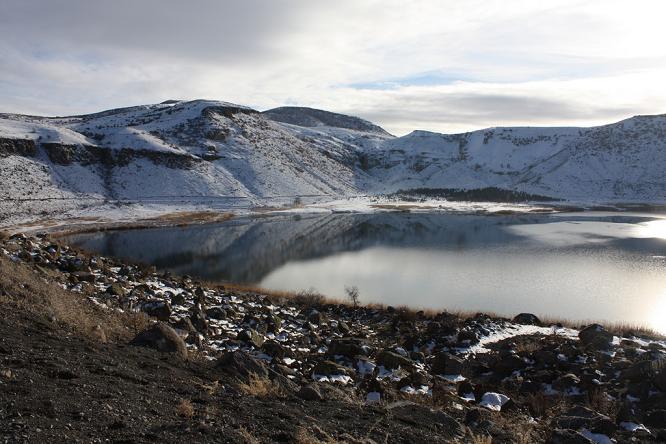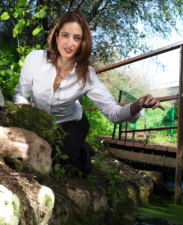 Lake Nar is in central Turkey, which was the epicenter of a disease that ravaged the Byzantine population 15 centuries ago. Climate change may have been a factor.
Lake Nar is in central Turkey, which was the epicenter of a disease that ravaged the Byzantine population 15 centuries ago. Climate change may have been a factor.
The Justinian Plague swept through the Eastern Mediterranean from 541 BCE to 750 BCE, killing approximately one quarter of the region’s inhabitants. Samples of sediment from the bottom of Lake Nar have shown that the outbreak occurred simultaneously with a shift in climate that could have tipped the disease into a full-blown pandemic.
Like Turkish falcılar, who tell fortunes from the sediment left in Turkish coffee cups, a team of scientists from Plymouth, Nottingham, and Birmingham Universities will conduct chemical studies on mud samples from Lake Nar to understand the history of climate change — and divine its future effects.
Their findings will be checked against historical texts that record the dates and locations of plague outbreaks.
The muds at the bottom of Lake Nar are “annually banded, similar to tree rings, and this enables us to reconstruct year-by-year variations in climate,” project leader and Plymouth University professor Neil Roberts said.
From sediment analysis, the team has learnt that the local climate became much wetter in the 6th century. This would have led to an increase in the number of flea-carrying rodents, which were the main agents of contagion.
Modeling future pandemics
Over the next 20 months, the scientists will also plumb the mud for answers to questions about how the plague affected local agriculture.
Better understanding the conditions that led to the Justinian Plague will enable scientists to model potential future pandemic scenarios under a changing climate, according to Roberts: “Many diseases like the bubonic plague, but also flu and malaria, are limited by environmental factors, including climate. If these natural controls alter in the future, then pandemics can become more likely. A warmer and wetter climate could lead to disease-carrying creatures which thrive in warm, moist environments spreading to new regions.”
The research is funded by the Natural Environmental Research Council (NERC) of the United Kingdom.
Read more about the environmental history of the Middle East:
Archeologists Discover Lost Language In Southeastern Turkey
Man Evolved When Elephant Meat Ran Out
Ancient Paw Print Found Near Roman Bath In Jerusalem
Image via NURETTIN MERT AYDIN



